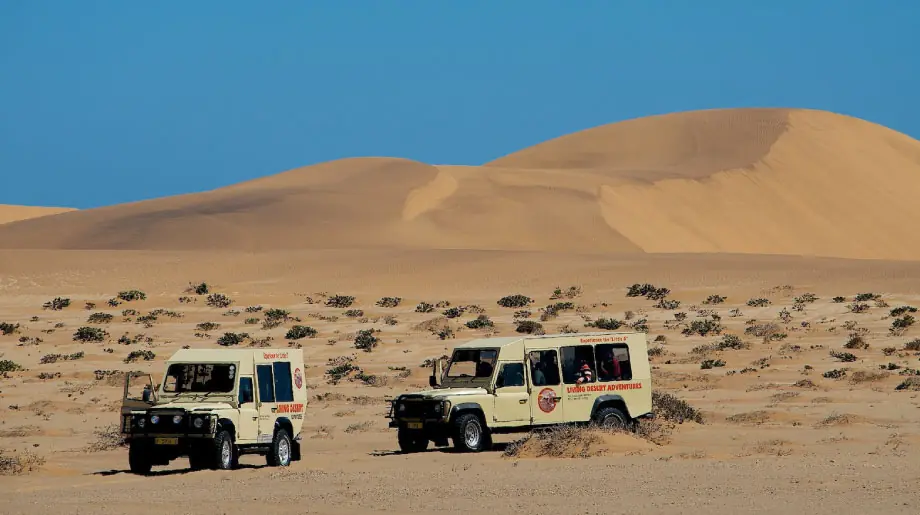Namibia is the first country in the world to incorporate environmental protection into its Constitution. This has resulted in many communities based tourism initiatives that provide social and monetary benefits to the communities and an authentic experience for visitors.
With the 2010 declaration of Dorob National Park, Namibia became the first and only country to have its entire coastline protected through a national parks network. The entire Namibian coastline is now protected.
Namibia’s protected coastline stretches 1 570 kilometres, linking 12 000 square kilometres of windswept ocean to almost 110 000 square kilometres of desert desolation. Both these sea and landscapes form part of a vast, formally protected area that is unique and parts, a World Heritage Site.
Soon it will be possible for tourists to travel 1 570 kilometres from the South African border to neighbouring Angola along a Namibian coastline that forms part of a 107 540 square kilometres of continuous dotted islands and national park from the Orange River to the Kunene River, where combination of conserved sea and land is unmatched by any country. Fourteen seabird species breed in Namibia, 11 of them on these islands.
With 22 national parks, covering 18 percent of the terrestrial area, Namibia will for the first time from January 2021 introduce payment of a conservation fee, which will be charged to all visitors to national parks and game parks.
Namibia’s park entrance fees are currently the lowest in southern Africa and we have not adjusted or increased them since 2005. The fees are used for the management and maintenance of infrastructure in national parks and game parks; human wildlife conflict mitigation and preventative measures; and wildlife protection and law enforcement.
